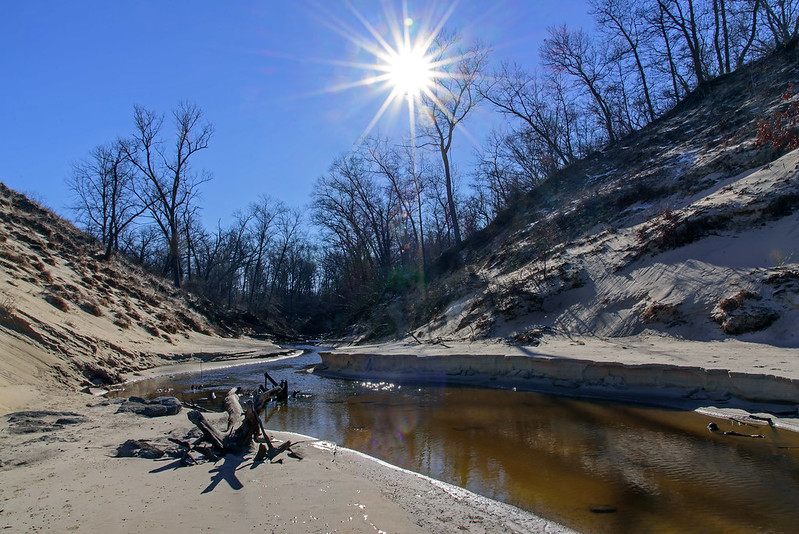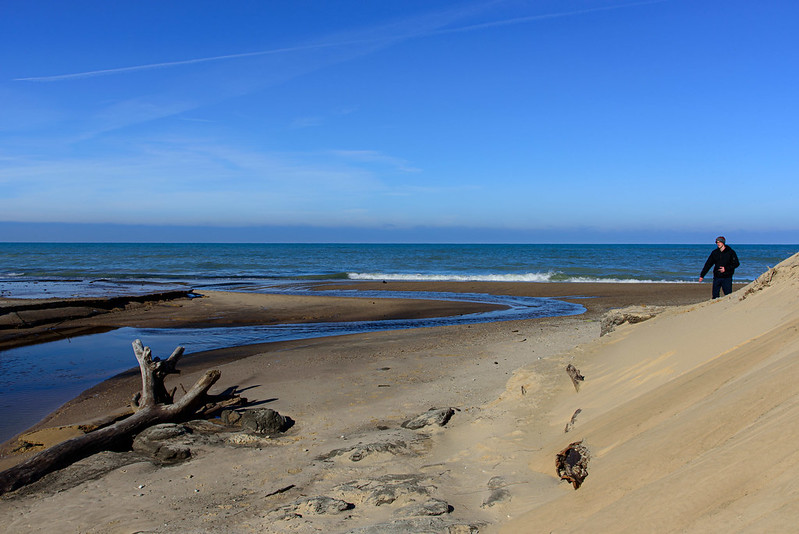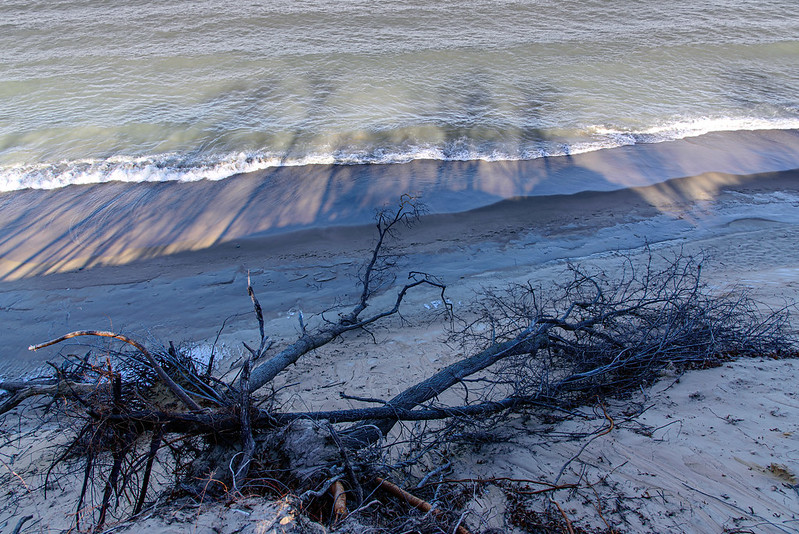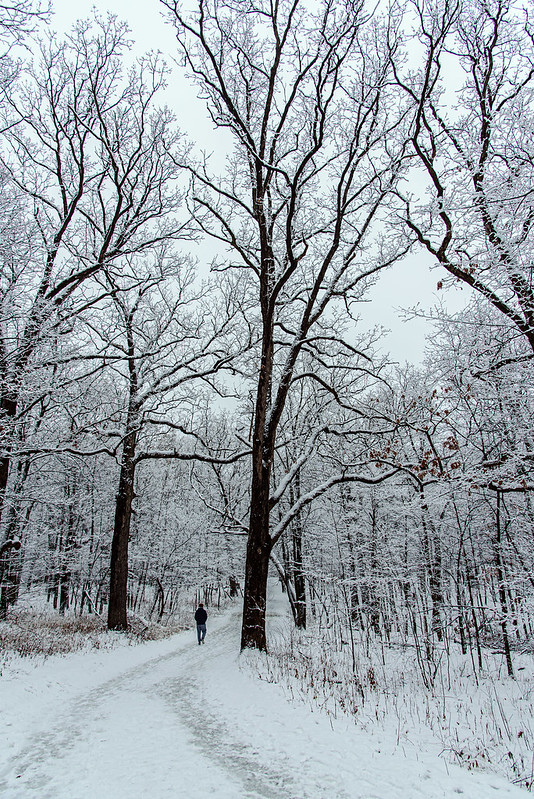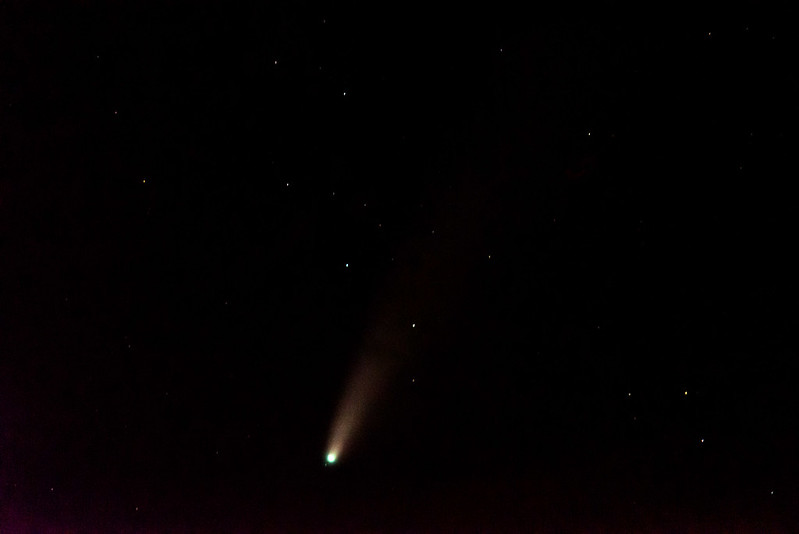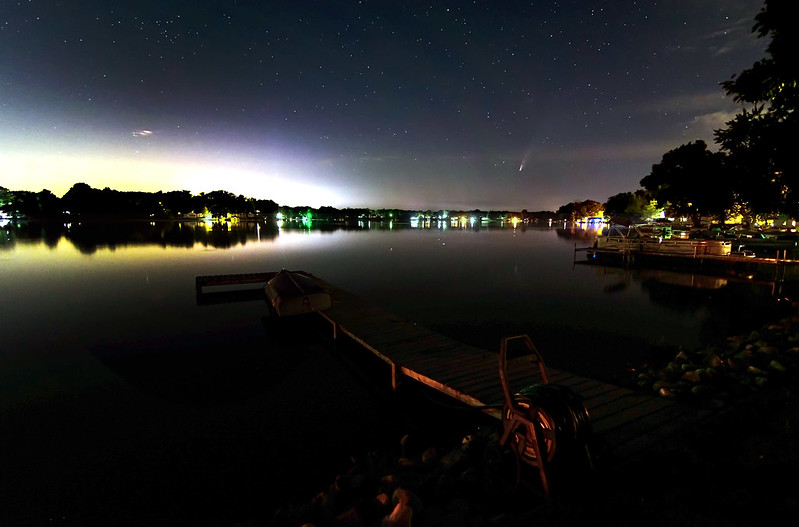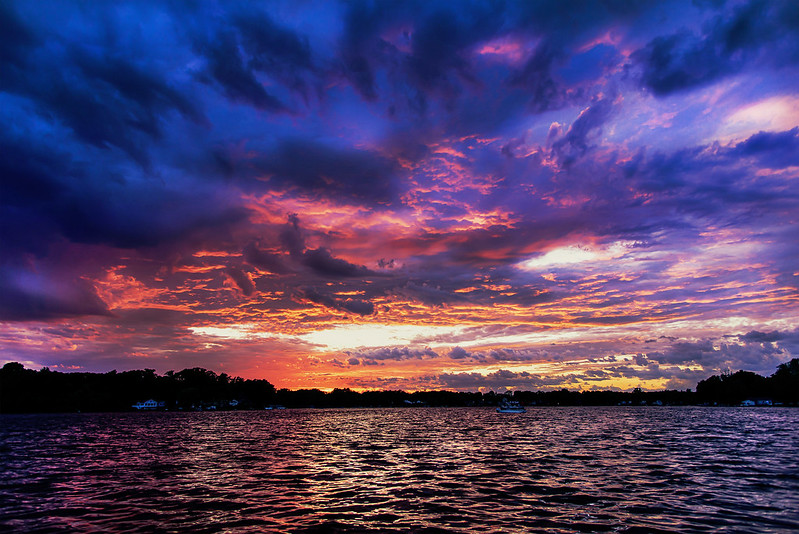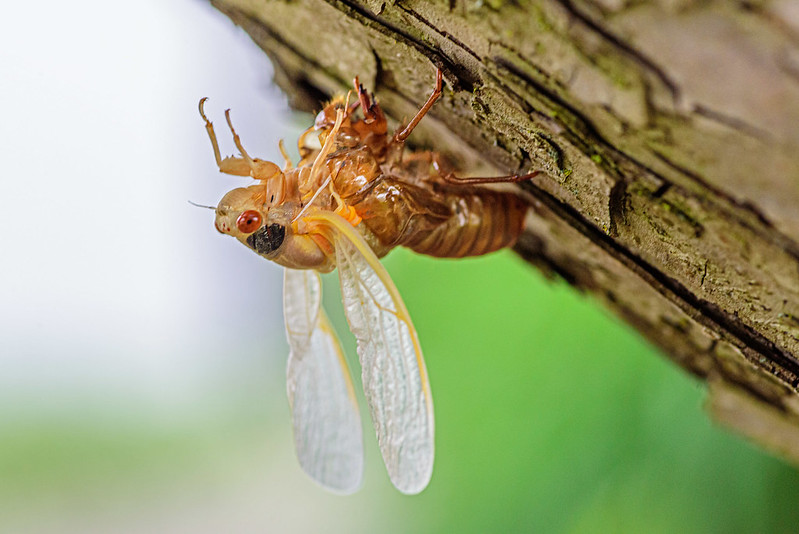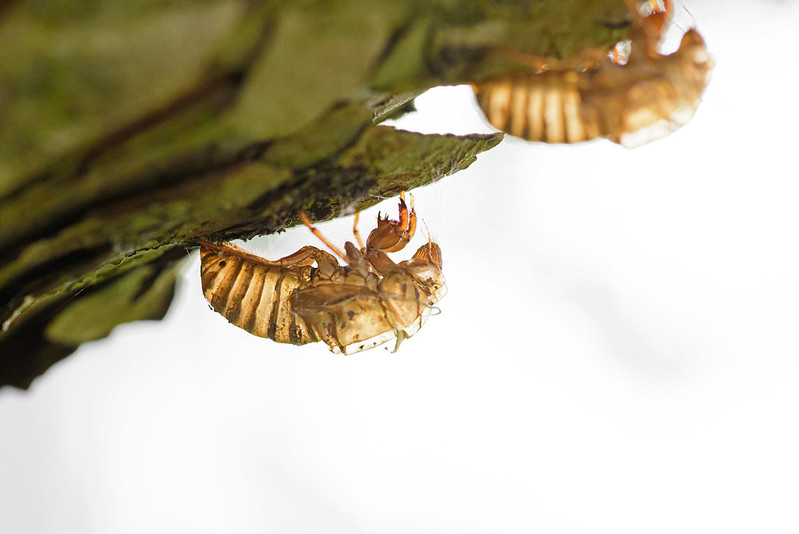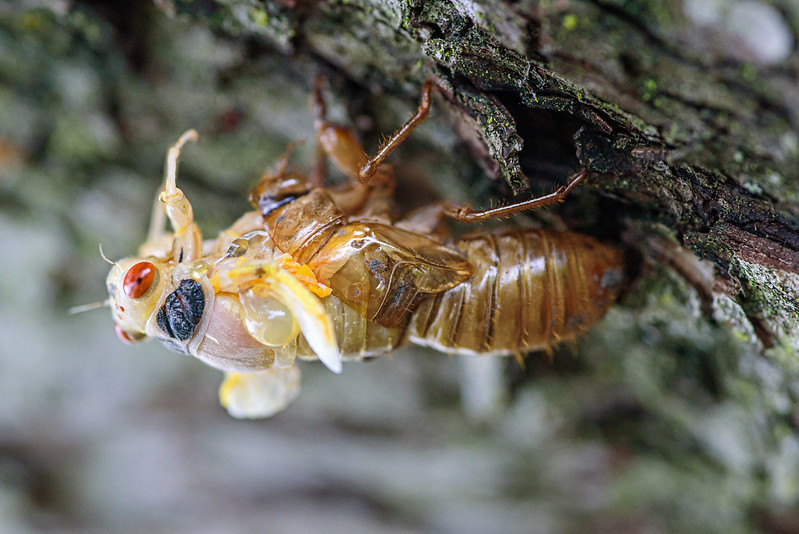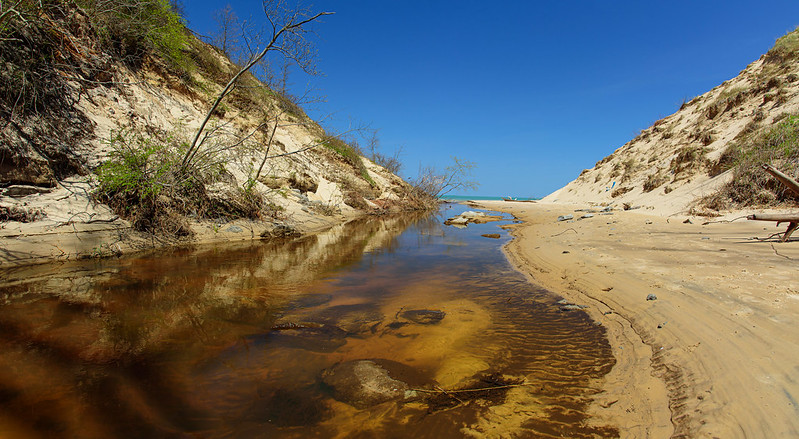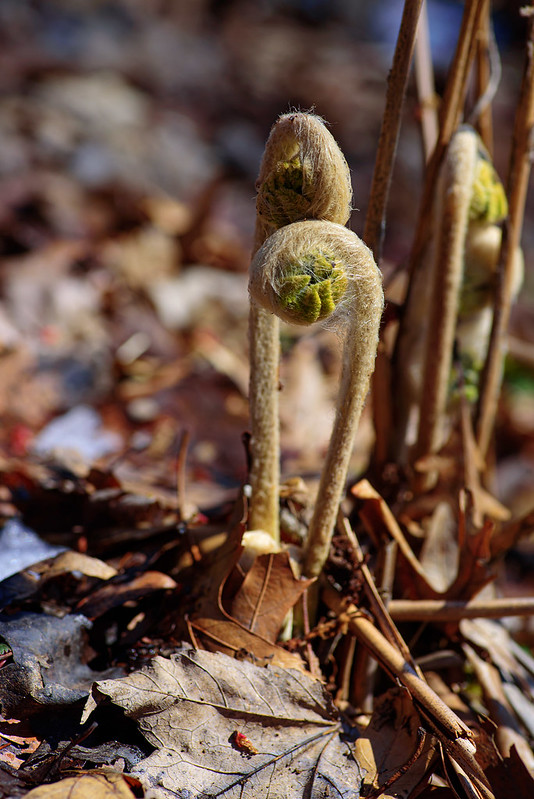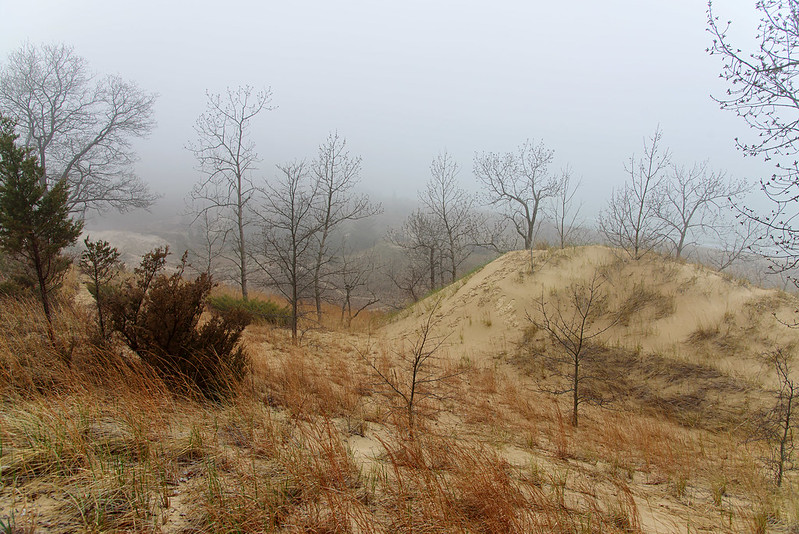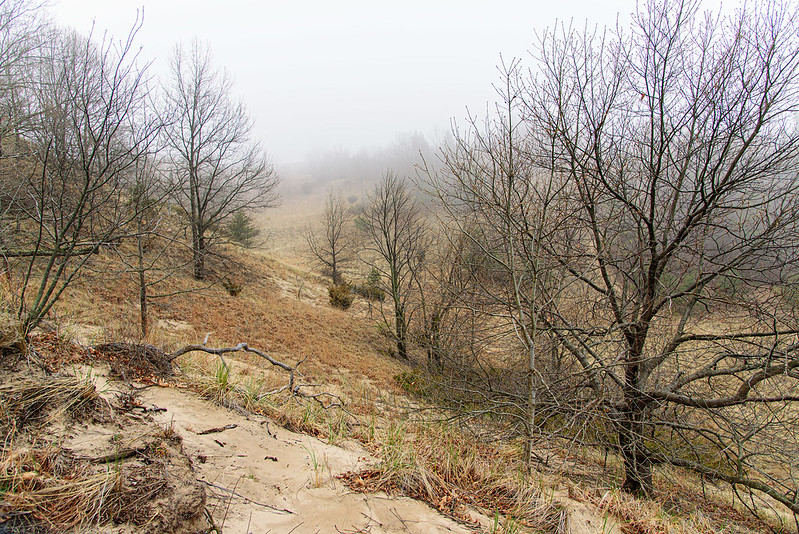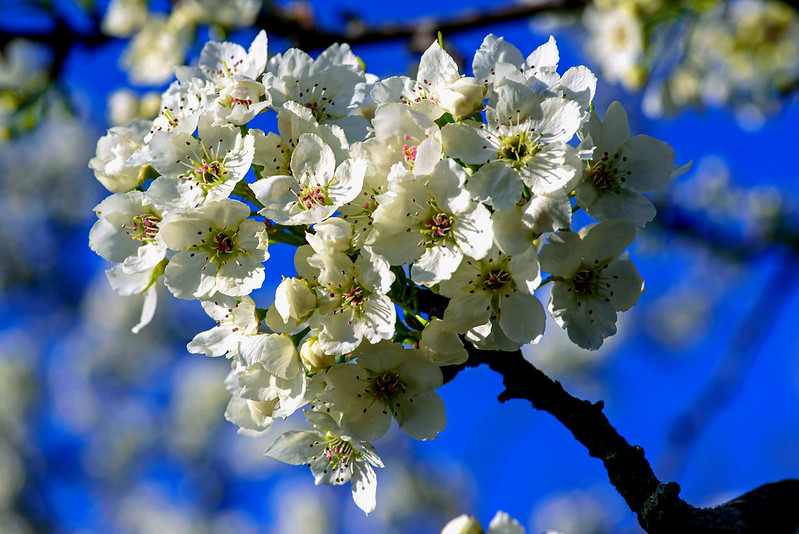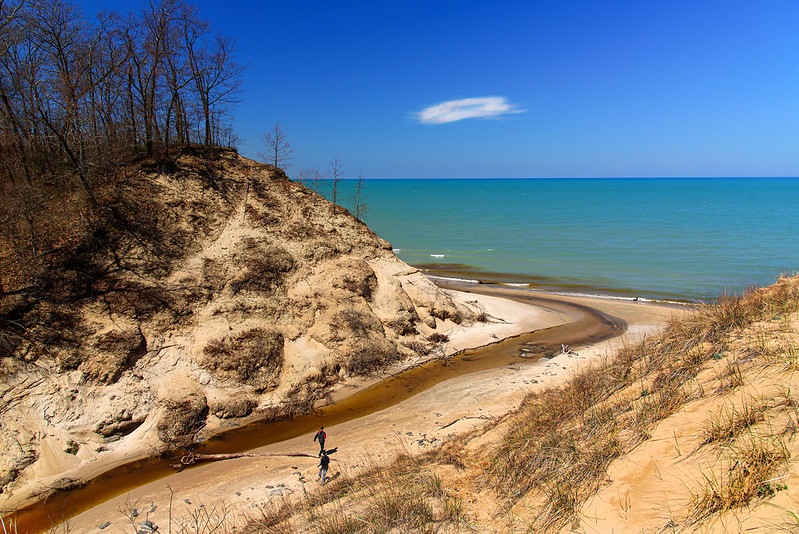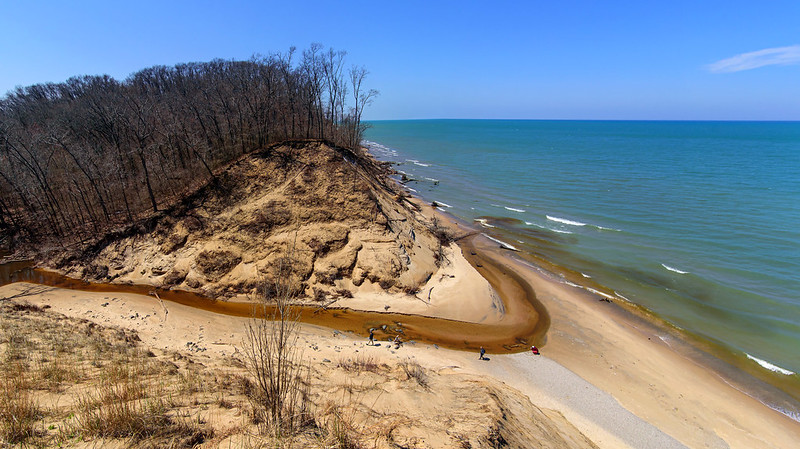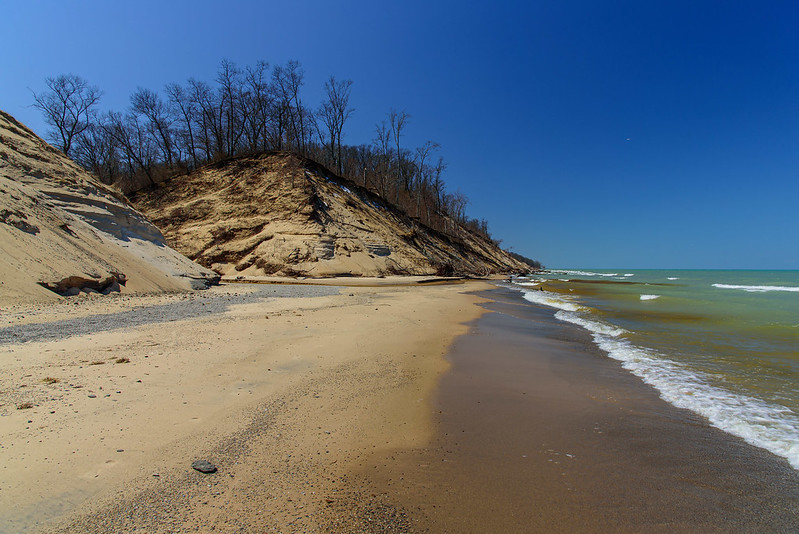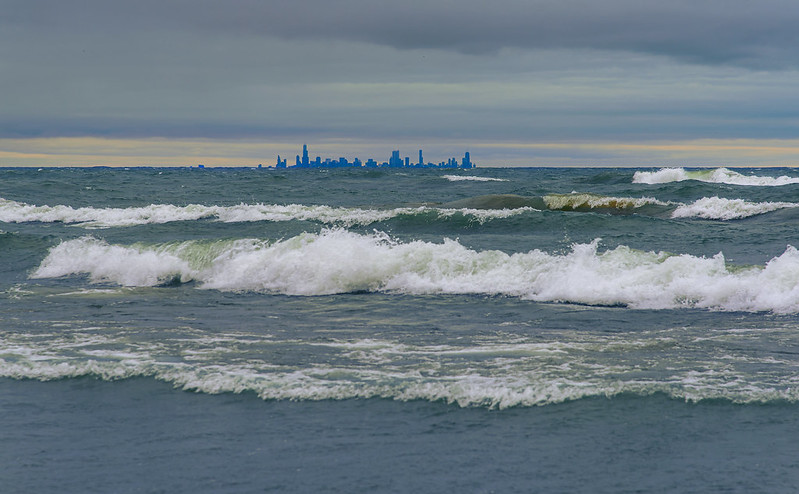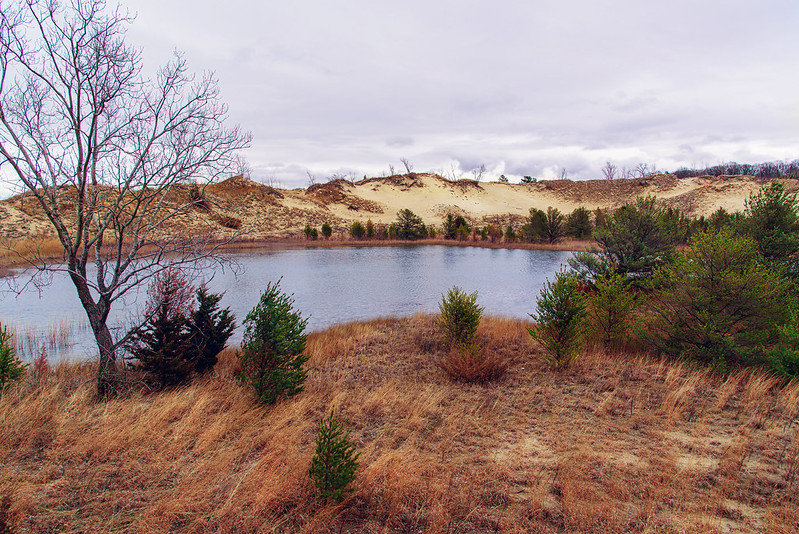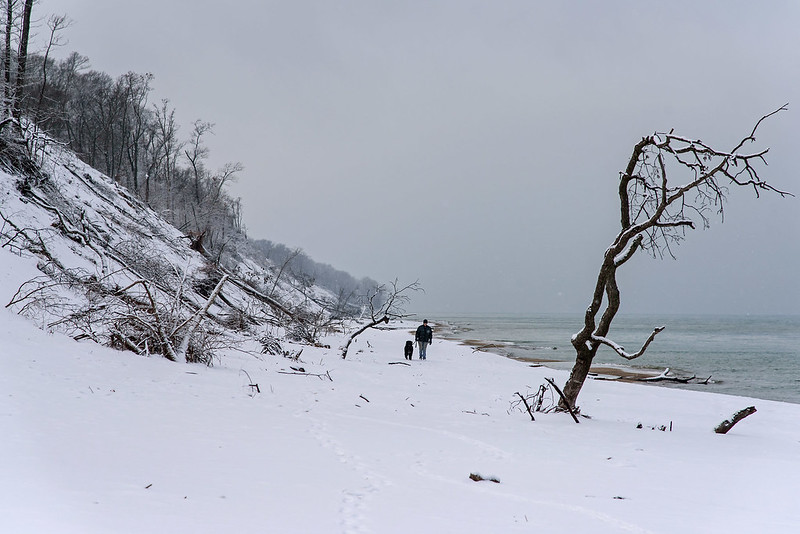
Some lake effect snow squalls created a postcard worthy lake shore on the Indiana side of Lake Michigan. What was all sand a week prior, was now dusted with snow and frost. The winds were almost nonexistent when we arrived, and periodically, snow would fall, sometimes heavy, but never accumulating very much.
Unusually, we encountered quite a few people on our hike, but not too many after we jumped over Kintzle Ditch, a stream running through the dunes to the lake. This weekend, at its narrowest point on the beach, it was about 10 feet wide, so we were able to jump across without getting wet. If we missed our mark, we would only end up in about a foot of cold water, not the end of the world. We just needed to make sure we didn't fall while jumping - landing on our backs in a foot of cold water would put an end to the hike, and make for a very cold half mile walk back to the car.
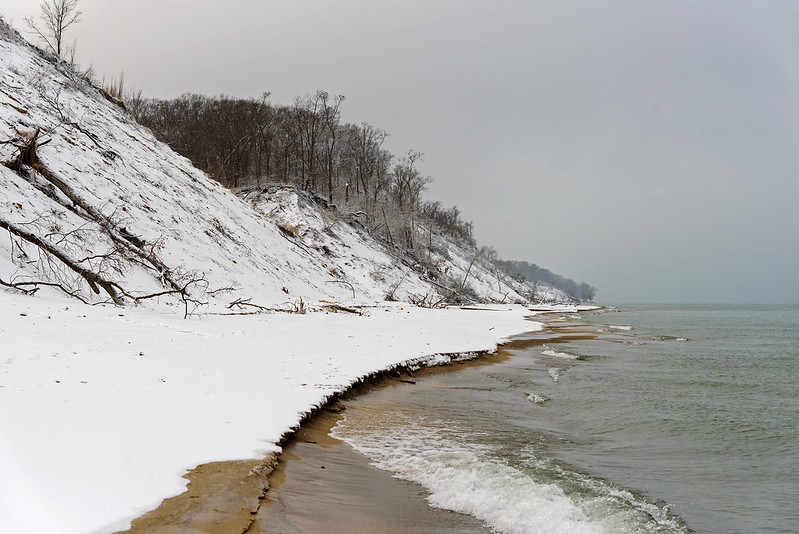 On our return trip, the snow turned to rain, and the winds picked up dramatically. Putting up with the wind-blown rain was one thing, but seeing the frost and snow disappear from the tree branches was the worst part. Now the shore was looking drab and brown once again, but probably not for long, as the forecast called for snow off and on all weekend.
On our return trip, the snow turned to rain, and the winds picked up dramatically. Putting up with the wind-blown rain was one thing, but seeing the frost and snow disappear from the tree branches was the worst part. Now the shore was looking drab and brown once again, but probably not for long, as the forecast called for snow off and on all weekend.

